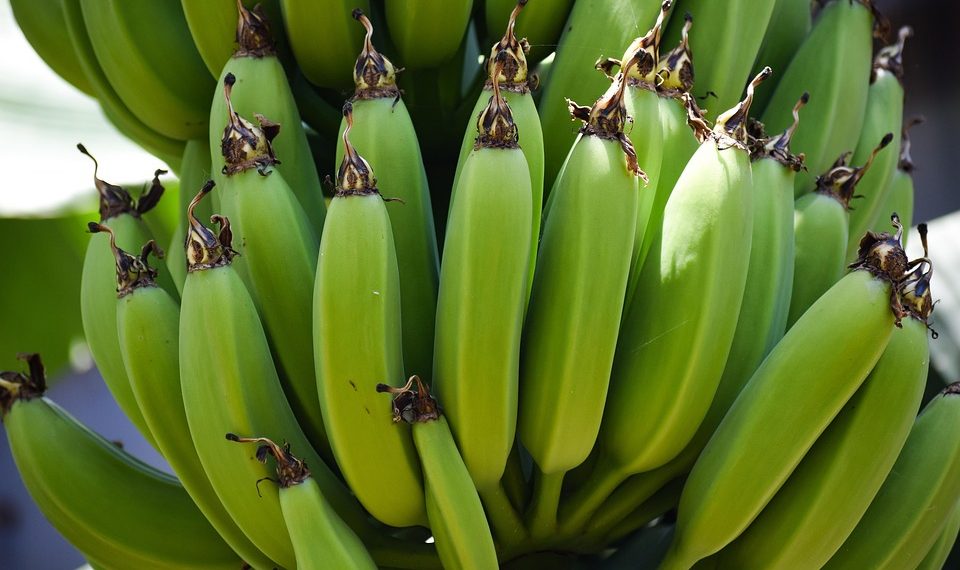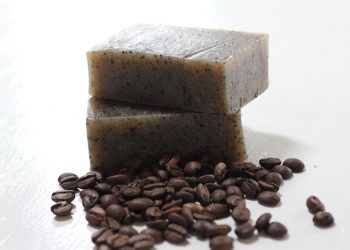7 Reasons Green Banana Boosts Gut Health Naturally
Midday slump meets your favorite mug. You’ve just finished a morning filled with meetings and emails, but what’s this? An unassuming green banana sitting on your kitchen counter. It’s time to rethink that ripening fruit; this green powerhouse may soon become your gut’s best friend. Here are seven compelling reasons why adding green bananas to your diet can significantly enhance your gut health.
Contents
1. Rich Source of Resistant Starch
Have you heard of resistant starch? Unlike regular starch, resistant starch acts like fiber. Green bananas are one of the richest sources of this unique carbohydrate. When you consume them, they pass through the stomach and intestines without being digested, promoting a healthy gut environment.
In a study published in the Journal of Agricultural and Food Chemistry (Slavin, 2013), it was found that resistant starch can significantly improve bowel movements and colon health. This type of starch ferments in the colon, producing short-chain fatty acids (SCFAs) that fuel gut cells. By adding green bananas to your smoothies or oatmeal, you’re not just enjoying a tasty treat—you’re also enhancing your microbiome.
2. Prebiotic Properties
Prebiotics are non-digestible fibers that feed the beneficial bacteria in your gut. Green bananas contain a high concentration of prebiotic fiber, which can help cultivate a thriving gut flora.
A 2017 study in the Journal of Nutrition showed that consumption of prebiotics led to an increase in beneficial bacteria, particularly Bifidobacterium and Lactobacillus species, both essential for gut health (Zhang et al., 2017). This enhances digestion and nutrient absorption. Consider snacking on a green banana or adding it to your breakfast routine for an excellent prebiotic boost.
3. Balancing Blood Sugar Levels
Another lesser-known benefit of green bananas is their potential to stabilize blood sugar levels. The resistant starch in these bananas is not only safe for diabetics but can also contribute to better insulin sensitivity.
Research conducted in the British Journal of Nutrition indicated that including resistant starch in the diet can help improve post-meal capillary blood sugar levels (Holt et al., 1996). This is particularly useful for individuals managing their gut health as well as blood sugar fluctuations. So, when you’re in need of a snack that won’t send your blood sugar on a rollercoaster ride, opt for a green banana.
4. Enhanced Digestive Health
If you’ve ever experienced digestive discomfort, you might appreciate how crucial gut health is. The combination of resistant starch and prebiotic fibers in green bananas can alleviate symptoms associated with irritable bowel syndrome (IBS) and other digestive issues.
A systematic review published in Alimentary Pharmacology & Therapeutics highlighted that dietary interventions with resistant starch yielded significant benefits for IBS symptoms (Biesiekierski et al., 2013). Adding a green banana to your diet may help you enjoy smoother bowel movements and a more robust digestive system overall.
5. Nutrient-Dense Fuel
Green bananas are not just about fiber; they’re packed with essential vitamins and minerals. They’re particularly abundant in potassium, a crucial mineral for maintaining digestive health and preventing constipation.
In a study on the role of potassium in gut health, researchers noted that adequate potassium levels help drive muscle contractions in the intestines, leading to effective digestion (Davis et al., 2016). When you choose a green banana as your snack, you’re also nurturing your body with important nutrients that facilitate good gut function.
6. Fight against Gut Inflammation
The ability of green bananas to combat gut inflammation shouldn’t be overlooked. Chronic inflammation in the gut can lead to various health issues, including leaky gut syndrome. Green bananas, thanks to their anti-inflammatory properties, can contribute to a healthier intestinal lining.
A study published in Frontiers in Immunology demonstrated that dietary fibers, including resistant starch, can help reduce inflammation in the gut (Parrett et al., 2019). This makes green bananas a suitable option for anyone seeking to promote gut health and reduce inflammation.
7. Natural Mood Enhancer
The gut-brain connection is a fascinating area of study that highlights how gut health impacts mental health. Interestingly, green bananas may also positively influence your mood.
Green bananas contain tryptophan, the precursor to serotonin, a neurotransmitter that helps regulate mood and anxiety. A review in the Journal of Psychiatry & Neuroscience suggests that gut health can directly affect mental health, with a significant interplay between the two (Messaoudi et al., 2011). Including green bananas in your diet doesn’t just support your gut; it can also contribute to your overall emotional well-being.
FAQs
Can I eat ripe bananas for gut health?
While ripe bananas still contain fiber, they have lower levels of resistant starch compared to green bananas. If your goal is to maximize gut health benefits, green bananas are preferable.
How can I include green bananas in my diet?
Incorporate them into smoothies, oatmeal, or yogurt, or simply enjoy them as a snack. Cooking with them as well, such as in muffins or pancakes, can be delicious and beneficial.
Are there any side effects to eating green bananas?
In general, green bananas are safe for most people. However, consuming them in excess may lead to digestive discomfort. It’s advisable to introduce them gradually into your diet.
Do green bananas have any allergens?
Green bananas are gluten-free and unlikely to trigger allergens for most people. However, if you have a latex allergy, you may react to bananas due to cross-reactivity. If uncertain, consult with a healthcare professional.
Conclusion
Incorporating green bananas into your diet may shift how you think about this unripe fruit. Its powerhouse properties—from promoting gut health to potentially lifting your mood—underscore its versatility and value. Now, the next time you see a green banana, you might not just see a fruit; you’ll see a boost for your gut health. Consider making them a staple in your pantry and enjoy the myriad of benefits they provide.
References
- Slavin, J. (2013). “Fiber and Prebiotics: Mechanisms and Health Benefits.” Journal of Agricultural and Food Chemistry. URL: https://pubs.acs.org/doi/10.1021/jf3048553
- Zhang, X., et al. (2017). “The Effects of Prebiotics on Gut Microbiota: A Systematic Review.” Journal of Nutrition. URL: https://academic.oup.com/jn/article/147/5/931/4576379
- Holt, S. H. A., et al. (1996). “The Role of Resistant Starch in Blood Glucose Control.” British Journal of Nutrition. URL: https://www.cambridge.org/core/journals/british-journal-of-nutrition/article/div-classtitlethe-role-of-resistant-starch-in-blood-glucose-controldiv/0A3152B3E4525E82E92D1D54EA18137E
- Biesiekierski, J. R., et al. (2013). “Dietary Treatment of Irritable Bowel Syndrome.” Alimentary Pharmacology & Therapeutics. URL: https://onlinelibrary.wiley.com/doi/full/10.1111/apt.12450
- Davis, B. C., et al. (2016). “Potassium Intake and Digestive Health.” American Journal of Clinical Nutrition. URL: https://academic.oup.com/ajcn/article/103/1/21/4560731
- Parrett, A. M., et al. (2019). “Dietary Fibers and Gut Inflammation.” Frontiers in Immunology. URL: https://www.frontiersin.org/articles/10.3389/fimmu.2019.00782/full
- Messaoudi, M., et al. (2011). “Psychobiotic Effects of Probiotics on Mood.” Journal of Psychiatry & Neuroscience. URL: https://www.ncbi.nlm.nih.gov/pmc/articles/PMC3195247/
Get Your FREE Natural Health Guide!
Subscribe now and receive our exclusive ebook packed with natural health tips, practical wellness advice, and easy lifestyle changes — delivered straight to your inbox.















